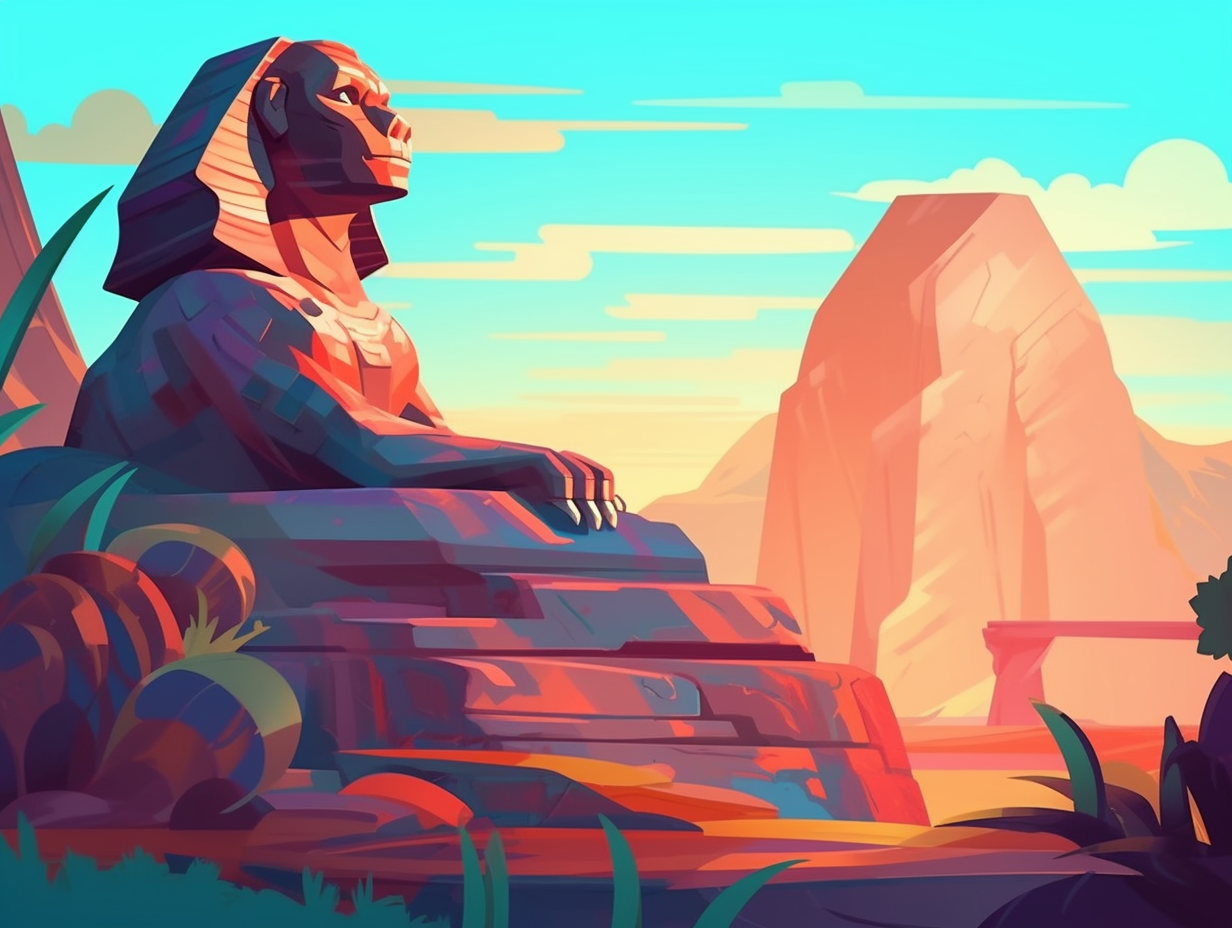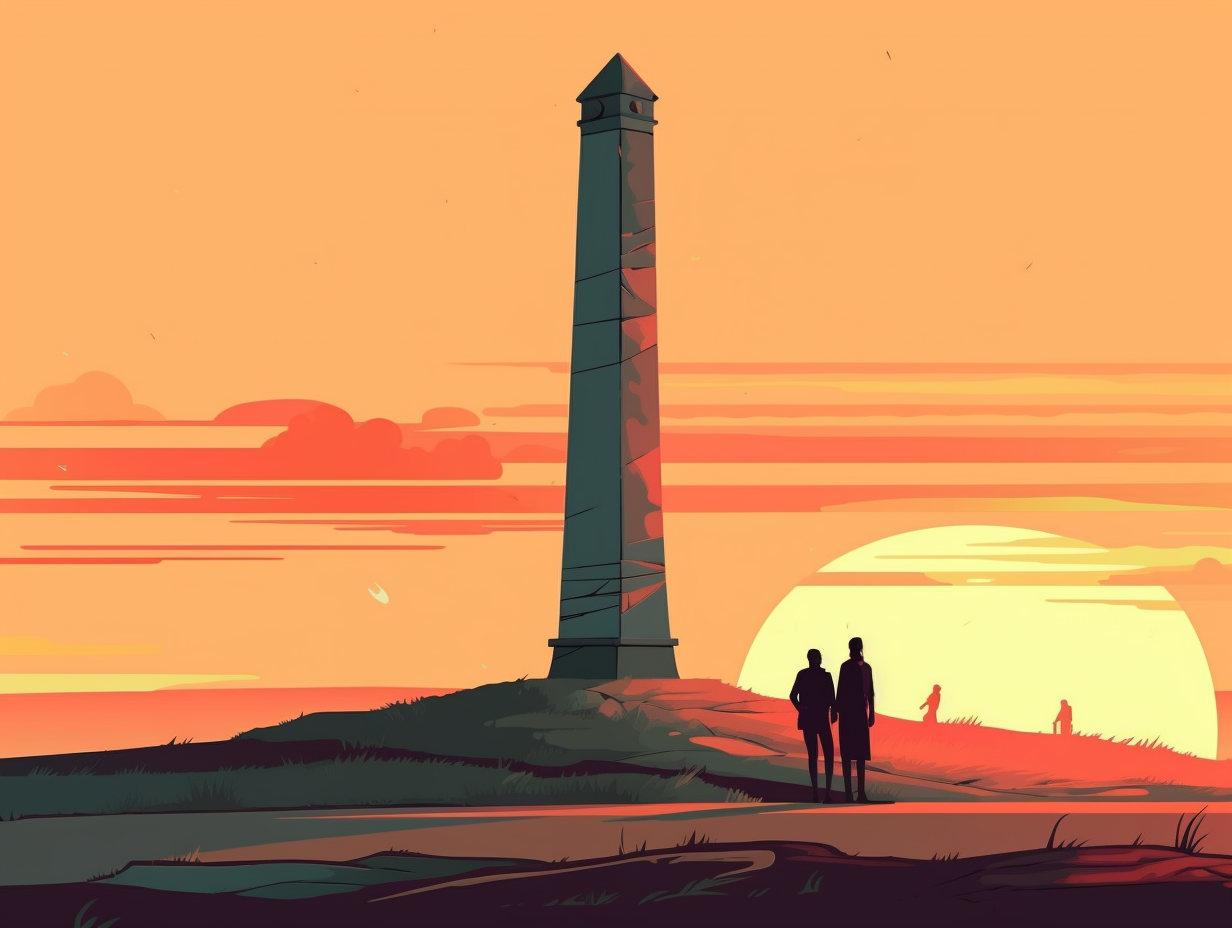12 Unbelievable Fun Facts About Circus Maximus: Rome's Legendary Entertainment Hub
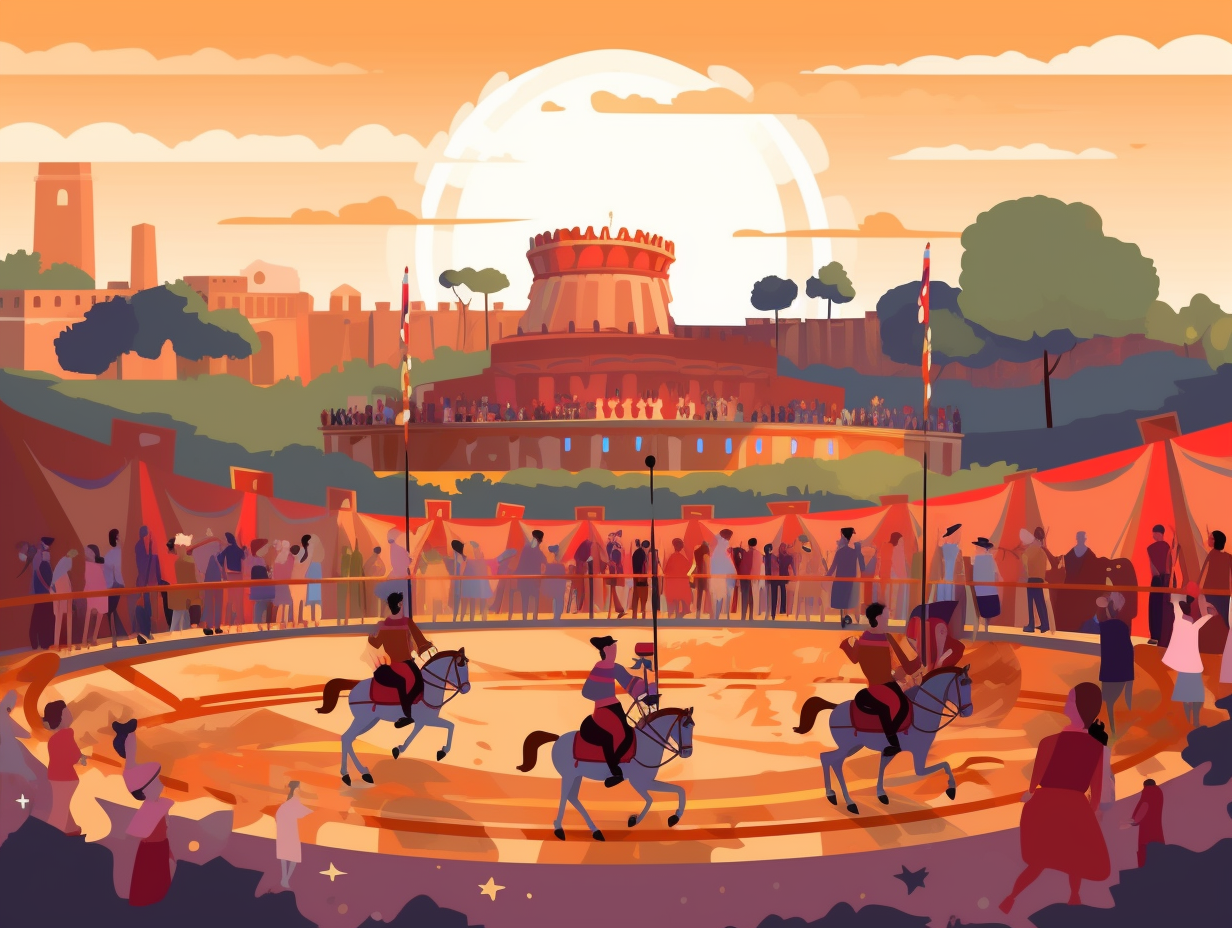
1. Charioteer's $17 Million Fortune
Talk about racing to riches on life's backroad: Charioteers in Circus Maximus, despite their low social standings as non-freeborn Roman citizens, could amass fortunes like Gaius Appeuleius Diocles, who won over 35,000,000 sesterces (equivalent to $17 million) in his 24-year career.
Source => history.com
2. Circus Maximus: Racetrack and Religious Site
If you thought the Circus Maximus was just an ancient Roman version of Fast & Furious, buckle up, because you're in for a divine surprise: not only was it a chariot-racing hotspot, but Circus Maximus also doubled as a religious site filled with temples and shrines, including a radiant temple of the Sun, all while accommodating a whopping 250,000 seated spectators with an equal number watching from the hills.
Source => pressbooks.bccampus.ca
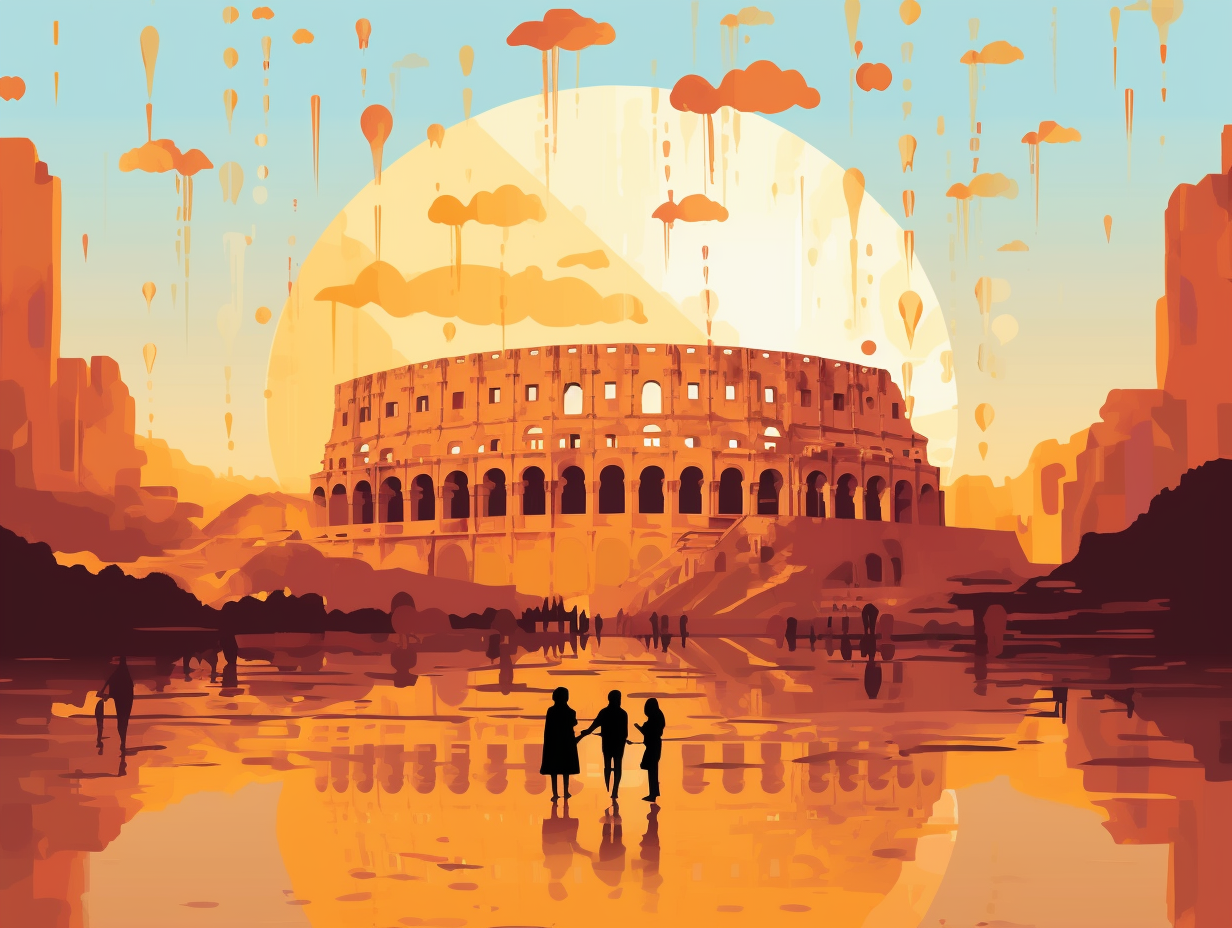
Did you know the Colosseum has a secret 15,000 square meter underground "green room" for gladiators and wild animals? Uncover 400 years of hidden history by exploring its fascinating corridors!
=> Fun Facts about The-Colosseum
3. Rome's Entertainment on Steroids
Who needs a big screen TV when you've got the Roman version of live entertainment on steroids: The Circus Maximus spanned a jaw-dropping 621 meters in length and 118 meters in width, playing host to over 150,000 cheering spectators as they indulged in everything from chariot races to gladiator fights. This ancient entertainment hotspot was the inspiration for circuses throughout the Roman Empire and maintained its reputation as the go-to place for grand scale religious processions.
Source => en.wikipedia.org
4. Charioteers: Ancient Rock Stars
Talk about living life in the fast lane: Circus Maximus charioteers were essentially ancient rock stars, braving high-speed danger zones clad in leather, whilst skillfully steering their chariots with their body weight. In reality, they were mostly slaves who started young and faced great risks during races, often losing their lives in crashes.
Source => worldhistory.org
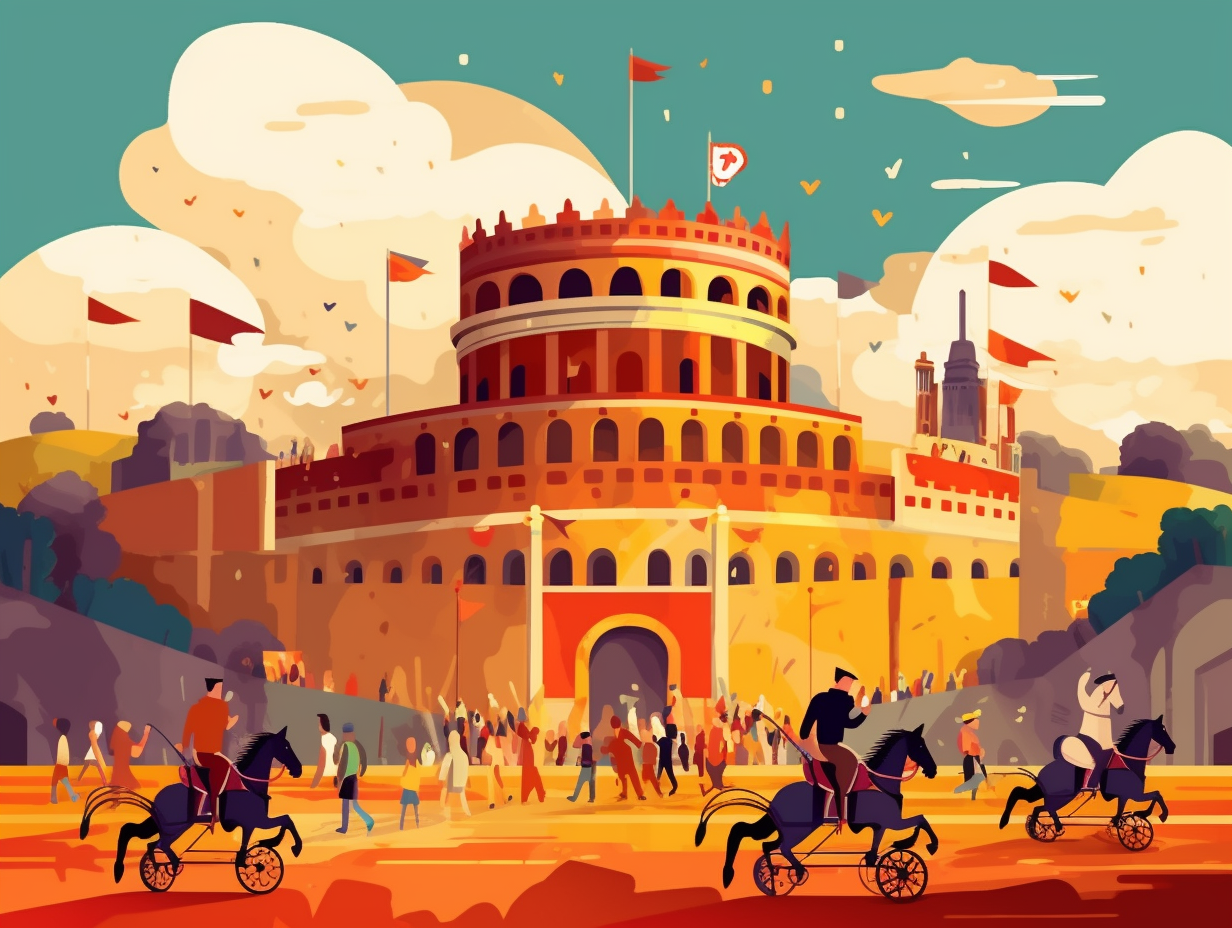
5. Supersized Stadium with Democratic Seating
Hold onto your togas, folks, because the ancient Romans knew a thing or two about supersizing: The Circus Maximus, Rome's very own monstrous stadium, could fit over 150,000 spectators who gathered in its massive 621-meter-long and 118-meter-wide spandrels to watch a range of exciting events like chariot racing, gladiator fights, and even beast-hunts. Seating – mainly timber-built, with wooden-framed service buildings and shops – was a democratic affair, with Roman plebs and non-citizens taking up two-thirds of the total space.
Source => en.wikipedia.org
6. Chariot Races and Buzzing Marketplace
Hold your horses, or rather, chariots: the Circus Maximus in ancient Rome was not only a hub for adrenaline-pumping races featuring up to twelve speeding chariots at a time, but also a buzzing marketplace teeming with businesses and vendors peddling their goods amidst the thundering hooves and exhilarating action.
Source => judaism-and-rome.org
7. Raking in Millions While Racing Chariots
Hold your horses and chariots, folks: The Circus Maximus not only seated a whopping 150,000 ancient Roman race fanatics, but also saw top-tier charioteers like Diocles whisk past the finish line and rake in a jaw-dropping 35,863,120 sesterces throughout his career while entertaining the masses for 77 days a year!
Source => penelope.uchicago.edu
8. Fast and Furious Meets Clash of the Titans
Step right up to the grand spectacle of chariots, demigods, and gladiator showdowns – it's like Fast and Furious meets Clash of the Titans with a sprinkle of The Hunger Games in ancient Rome: The Circus Maximus was a versatile venue, hosting not only thrilling chariot races, but also religious processions for Roman deities, gladiatorial combat, and wild animal hunts, all sponsored by the loaded elite and freely accessible to the masses.
Source => earlychurchhistory.org
9. Neptune's Lesser Cult Following
Oh, Neptune! He might have been the Roman god of the seas, but when it came to an ocean of believers, his tide didn't rise to the level of his Greek BFF, Poseidon: Unlike the widely celebrated Poseidon, Neptune had only two major temples in Rome, with one being dedicated to him by Agrippa after a naval victory against the doomed duo, Mark Antony and Cleopatra. Despite his lesser cult following, ol' Neptune's still swimming strong in the modern world, being the eponymous namesake of a blue gaseous planet discovered in 1846!
Source => ancient-origins.net
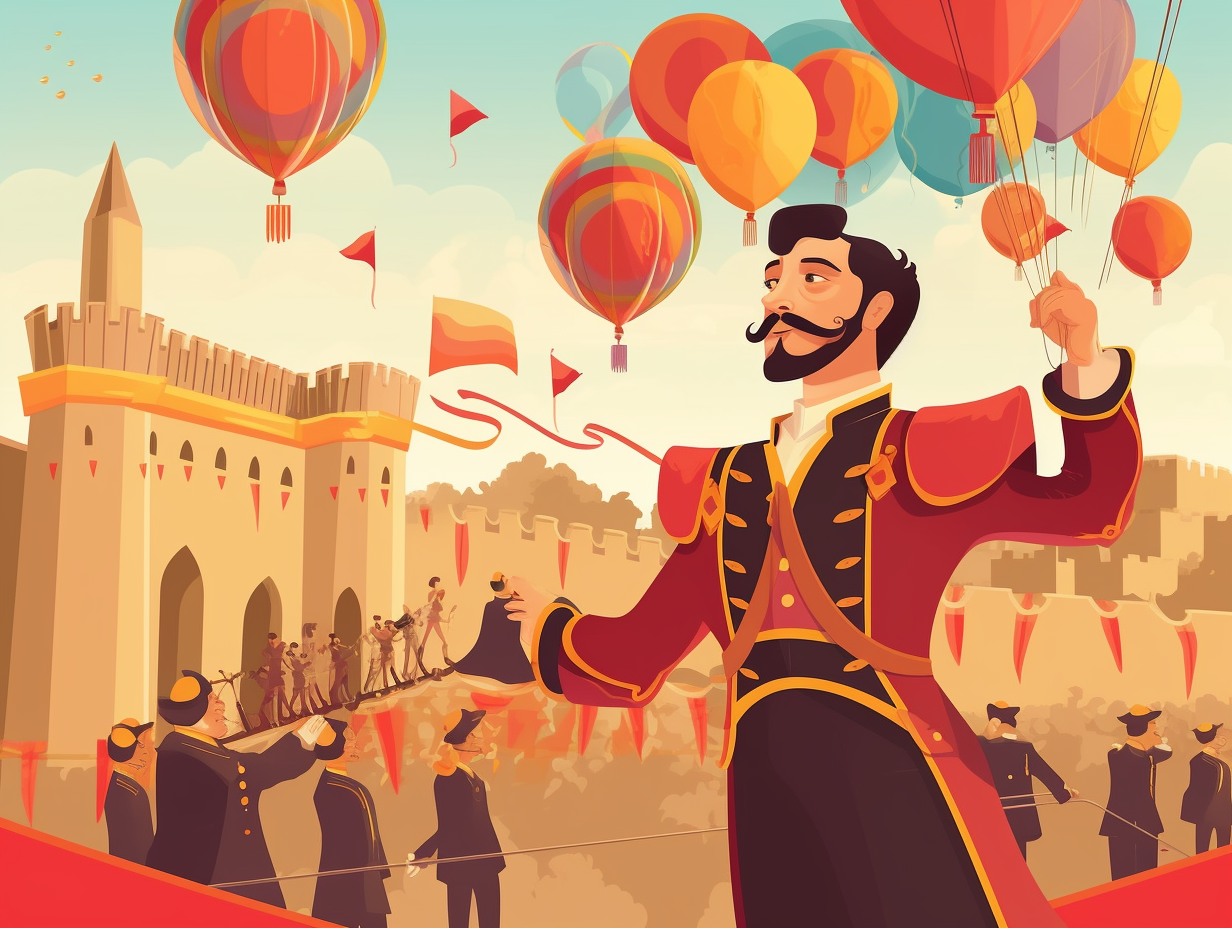
10. Gladiator Challenge: Finding a Seat
If you thought finding a seat at a sold-out concert was the ultimate gladiator challenge, ancient Romans would beg to differ: the Circus Maximus, the Empire's premier venue for all things spectacularly lethal, boasted a whopping 150,000 seats and stretched 621 meters in length and 118 meters in width. From a pulse-pounding day at the chariot races to a good-old-fashioned public execution, this epic stadium had it all – the only thing missing was stadium nachos!
Source => en.wikipedia.org
11. Usain Bolt Meets Jeff Bezos of Rome
Hold on to your togas, because things are about to get speedy and rich: Gaius Appuleius Diocles, a top chariot racer at the Circus Maximus, was riding high with over 1,400 victories and a whopping 35,000,000 sesterces to his name throughout his 24-year career, making him the Usain Bolt meets Jeff Bezos of ancient Rome.
Source => history.com
12. Roman Party with Leopards, Bears, and Elephants
You know you're at a Roman party when the guest list includes 63 leopards, 40 bears, and a couple of elephants – it's called the Circus Maximus: This ancient Roman venue, boasting a capacity of over 150,000 spectators, hosted not only epic chariot races and athletic competitions, but also exotic animal showdowns, gladiator fights, and theatrical performances, with its last known race taking place in 549 AD.
Source => en.wikipedia.org
Related Fun Facts



